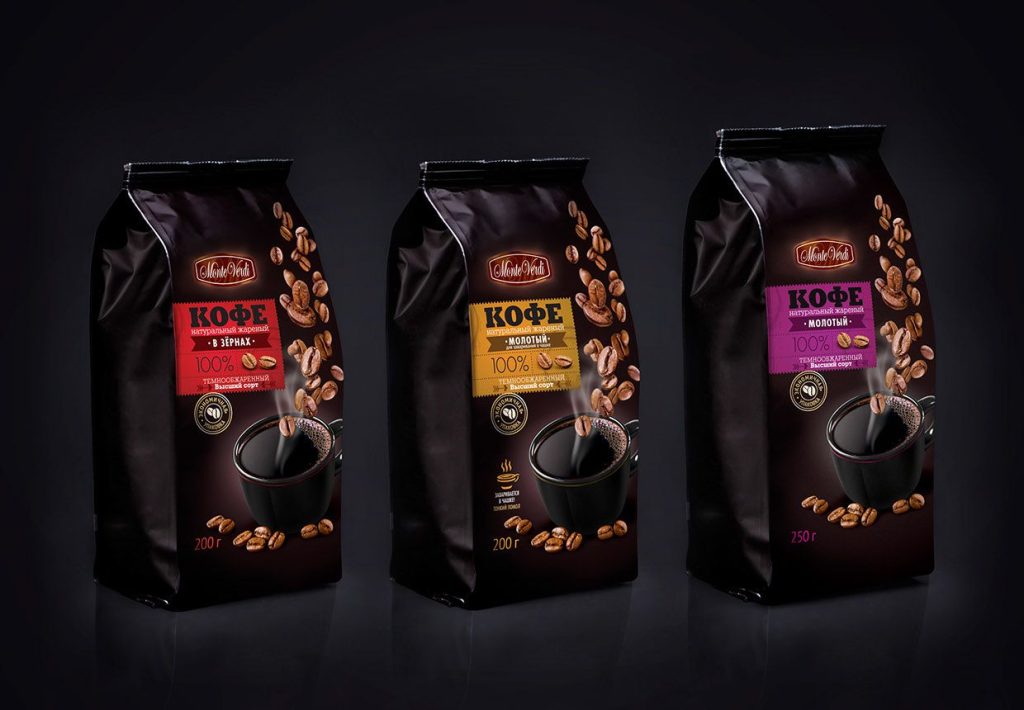Coffee packaging plays a pivotal role in preserving the freshness and flavor of coffee beans from the moment they are roasted until they reach the consumer’s cup. In this article, we will delve into the evolution of coffee packaging, current trends, and strategies employed by industry players to ensure the highest quality coffee experience for consumers.
Introduction
In the world of coffee enthusiasts, freshness is paramount. The quality of coffee beans can deteriorate rapidly if not properly packaged, leading to a loss of flavor and aroma. As such, coffee packaging serves as the first line of defense against external factors that can compromise the integrity of the beans.
Evolution of Coffee Packaging
Traditionally, coffee was packaged in simple bags made of paper or burlap. While these methods provided basic protection, they offered limited resistance to oxygen and moisture, two primary culprits in coffee degradation. However, with advancements in packaging technology, coffee packaging has undergone a significant transformation.
Factors Affecting Coffee Freshness
Oxygen Exposure
Oxygen is the arch-nemesis of freshly roasted coffee beans. Exposure to oxygen can lead to oxidation, resulting in the loss of flavor and aroma. To combat this, modern packaging solutions incorporate oxygen barriers to minimize exposure.

Moisture Content
Excess moisture can wreak havoc on coffee beans, causing them to become stale or even moldy. Packaging materials with moisture-resistant properties are essential in preventing moisture ingress and preserving the freshness of the beans.
Light Exposure
UV light can accelerate the degradation of coffee beans, causing them to lose flavor and develop off-flavors. Light-blocking packaging materials help shield the beans from harmful UV rays, prolonging their shelf life.
Current Trends in Coffee Packaging
Sustainable Packaging Materials
In recent years, there has been a growing emphasis on sustainability in coffee packaging. Manufacturers are increasingly turning to eco-friendly materials such as compostable films, biodegradable plastics, and recycled paperboard to reduce their environmental footprint.
Innovative Designs
Coffee packaging is not just about functionality; it’s also an opportunity for brands to showcase their creativity and establish a strong visual identity. Eye-catching designs, vibrant colors, and unique shapes are all trends that have gained traction in the industry.
Single-Serve Packaging
With the rise of on-the-go consumption, single-serve coffee packaging has become increasingly popular. Pods, capsules, and sachets offer convenience and portion control, ensuring that each cup of coffee is as fresh as the first.
Strategies for Maintaining Coffee Freshness
Modified Atmosphere Packaging
Modified atmosphere packaging (MAP) involves modifying the composition of the air inside the package to create an optimal environment for preserving freshness. By adjusting the levels of oxygen and carbon dioxide, MAP extends the shelf life of coffee beans without the need for preservatives.
Vacuum Sealing
Vacuum sealing removes air from the packaging, creating a vacuum that prevents oxygen from reaching the beans. This method effectively slows down the oxidation process, keeping the coffee beans fresh for longer periods.
Degassing Valves
Freshly roasted coffee beans release carbon dioxide gas as a natural byproduct of the roasting process. Degassing valves allow this gas to escape from the package while preventing oxygen from entering, ensuring that the beans remain fresh and flavorful.
Impact of Packaging on Consumer Perception
Branding and Aesthetics
Coffee packaging serves as a powerful branding tool, influencing consumer perceptions and purchasing decisions. Visually appealing packaging designs can create a sense of anticipation and excitement, enticing consumers to choose one brand over another.

Perceived Value
Well-designed packaging conveys a sense of quality and craftsmanship, leading consumers to associate higher value with the product inside. Premium packaging materials and elegant finishes can elevate the perceived value of coffee products, allowing brands to command higher prices.
Successful Coffee Packaging Strategies
Several coffee brands have successfully leveraged innovative packaging solutions to differentiate themselves in the market. From resealable pouches to biodegradable containers, these case studies offer valuable insights into effective packaging strategies.
Lessons Learned
Through trial and error, industry players have discovered the importance of adapting to changing consumer preferences and market dynamics. Flexibility, creativity, and a willingness to embrace new technologies are key to staying ahead of the curve in the competitive coffee industry.
Future Outlook
As technology continues to evolve, the future of coffee packaging looks promising. From smart packaging solutions that monitor freshness in real time to sustainable materials that minimize environmental impact, the possibilities are endless. By staying attuned to emerging trends and consumer demands, coffee brands can continue to innovate and thrive in the dynamic marketplace.
Conclusion
In conclusion, coffee packaging plays a crucial role in preserving the freshness and flavor of coffee beans, ensuring a premium coffee experience for consumers. By embracing current trends and implementing effective packaging strategies, coffee brands can maintain a competitive edge in the market while delighting coffee lovers worldwide.


